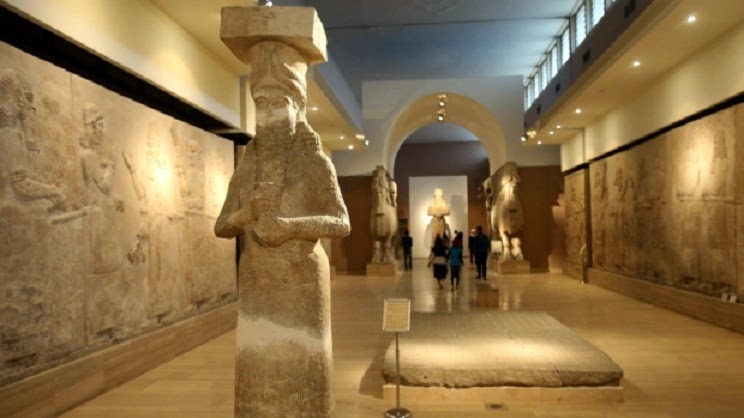Sew La Ti Embroidery [Search results for Bulgaria]
Heritage: ICOMOS voices concern over Bulgaria's cultural heritage

Miss Bulgaria 2011 will be crowned on June 27

Heritage: EU sponsors restoration of Bulgaria's Perperikon

Heritage: Bulgarian police seize rare classical Greek vase

Meet Miss Bulgaria 2011 finalists

Heritage: Valley of Thracian Kings keeps its secrets

Iraq: Iraq says ISIS demolishes ruins to cover up looting

Heritage: Bulgarian officials seize ancient coins at airport
